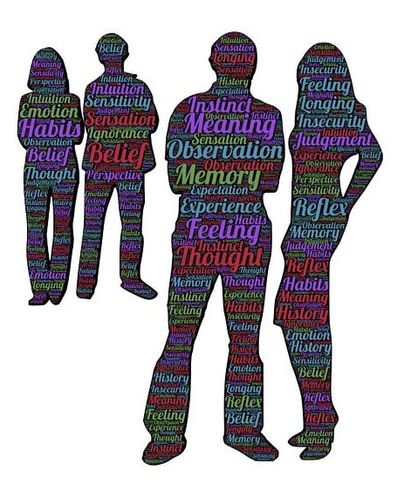 PSYCHOLOGICAL ABUSE IN RELATIONSHIPS STARTS WITH COERCION The term ‘Abuse’ is marked by the 'prolonged and repeated' use of fear, control and coercion to get an 'egoic' need met. An egoic need, it is something ‘we think we need’ and often results in a strategy of defending an ideology or belief; putting up walls of judgement and defence, instead of connecting to ourselves or others with empathy. For instance, the simple belief that ‘I am right’ might close the mind to hearing other perspectives and opinions. Or a belief that ‘I am trapped’ for example, might lead one to trap others as a form of feeling less trapped themselves - particularly in their relationships. Addressing and changing these types of beliefs and behaviours is part of why we engage in relationships and. Growth within healthy relating, happens through skillful communication. If behaviours of coercion or control persist, without consent one could label it as abuse. MINDFUL AWARENESS - WE DO IT TO OURSELVES Some internal beliefs get stuck through being unaware of them. Mindfulness invites us to recognise the mind/body and gradually increase our awareness of the Sensations, Emotions, Impulses and Thoughts (SITE). This can help us to recognise our internal beliefs and respond to them - to reshape them without violence. With this level of awareness any internal stress reaction or external coercive behaviour can be more easily recognised early. By positive I mean one that generates an outcome that is beneficial to all, like a kind and honest conversation. COERCION VS CONSENT + COMMUNICATIION The opposite of coercion is respectful consent - the voluntary giving of one's time, energy and attention. I often say that my acronym for L.O.V.E is to ‘Let One Voluntarily Express’. It starts within each of us, to notice and allow own internal mind stuff to be there, without knee-jerk reaction of suppression or projection. We can then more effectively investigate it, understand it and either 'let it be' or change it gradually, without violence. This makes it easier to allow other people to express themselves and creates space for both people to 'be' (themselves) and see any coercive behaviour early. Skillful communication comes with honest 'yes's' & ‘no's’ (boundaries) A 'no ' needn't mean complete rejection and can still make it likely for a win-win situation to occur, because it is honest. Real intimacy happens through sensitive and courageous honesty; allowing relationships to become even more beautiful because of the flaws and vulnerability involved in letting go of control. It can see very scary to do these things, at first. "One had to cram all this stuff into one's mind for the examinations, whether one liked it or not. This coercion had such a deterring effect on me that, after I had passed the final examination, I found the consideration of any scientific problems distasteful to me for an entire year."  WE ARE ALL ABUSED AND ABUSERS All of us have been too under-resourced (of time/energy/awareness) at times, to deal with the internal stress responses and be aware of deeper feelings. There might be a feeling of insecurity. In this state we sometimes forget that we don’t need external validation to be 'ok' and we might begin to use coercion to get it, even on those close to us. On the receiving end, if we then do things that the body doesn’t want it can cause pain and damages our own self-trust, as well as the relationship trust. Sometimes one might then blame the other as ‘abusive’ or label ourselves as ‘a victim of abuse’. It is important that we ARE allowed to do that, so that we can seek help and/or retreat and protect ourselves in the first instance and gain perspective. The danger comes in dwelling in a place of stress reactions, including blame and shame, without noticing our belief patterns and the truth of them, thereby developing internal patterns of abuse, such as these: 1. Initially one shuts down emotions and disconnects from bodily senses. Numbing the pain ‘seems’ better - but of course pain is your body’s way of telling you ‘no’. We let fear and expectations rule our responses more often than listening to the body and responding with respect. 2. With repetition gradual conditioning occurs, rewiring the brain for external validation. We do this to ourselves and each other by repeatedly overriding the body without taking time to understand the true source, One might get a misunderstanding that the source of pain is external, and seek to rescue ourselves by trying to appease an abuser or get approval externally. 3. One develops craving and addiction (or co-dependence) to the role or the ways of relating/thinking, or even to a abusive person. When this role/relationship is threatened life can suddenly feel terrifying. Feelings of fear, anxiety, abandonment and hopelessness can occur - this pain and confusion is because one’s safety has become associated with the role and relationship. 4. One becomes a passive ‘doormat’ and unconsciously feeds the abusive pattern. Eventually the addiction becomes normal and familiar. We seek out relationships that supply similar behaviour. The neurological pathway of that pattern is well used, and becomes like a slide back to the negative behaviour. Humans like ease, familiarity and certainty, because it takes less energy and helps them feel safe. 5. Fatigue sets in, through holding unconscious resentment and fear/distrust. Without awareness of the true source of pain hopeless beliefs emerge and these sap vital energy. The fear underneath is held as tension in the body and anger in the mind and will eventually emerge, often violently, if not dealt with as early as possible. This is the body’s way of defending itself, but it’s a risky strategy for physical and mental health for everyone involved. Long term tension is destructive. 6. Eventually one loses / forgets one's deeper identity as a beautiful and inherently valuable being. When we are conditioned to identify as hopeless we may think we ‘deserve’ the abuse / pain. This is deep shame; humiliation or distress at one's own condition or existence. Toxic beliefs of ‘I’m not good enough’ or ‘I’m a liability’ can become normal. This can lead to depression, chronic anxiety, panic attacks and even homicide or suicide. 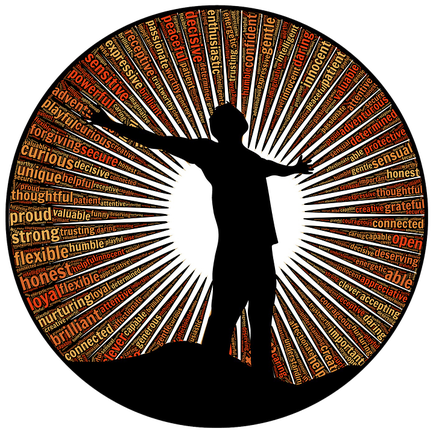 IT TAKES COURAGE TO LET GO OF BLAME AND CHANGE SOMETHING I’ve seen people emerge from the depths of this shame-blame cycle to recover and become resilient, happy individuals with healthy relationships. This article is not concerned with ‘who’ is at fault, but is interested in helping each of us recognise our potential to help ourselves and one another. We can trace the origins of abuse back thousands of years and never get to the source at fault, because the source is always ourselves. Alan Watt’s calls this “The Birth of Responsibility” - seeing that hurt people, without mindfulness and love, always hurt other people, and we can only change that by working on ourselves first. I’ve laid out some ways to do that here: 1. Gradually raise awareness of emotions through regular check-ins and diary entries. Regular Guided Meditation is a great way of tuning in, especially if you are out of practice. It also may help you realise your current needs (like rest) and then you can plan to meet them. Once you are aware of needs and emotions, expressing them is the next step - releasing tension is important. Find healthy catharsis for the emotions. Eg, for anger try a ‘hand scream’ or a ‘fuck-this’ meditation. To promote calm try conscious breathing and create some space for perspective in your day, even if that is only 1 minute, to FLIT between tasks - take a mindful moment to breathe and listen in. Writing things down has helped me and many others understand themselves. It may be painful and messy at first, as we become more aware of the pain. With time and acceptance we can change. 2. Reaffirm to yourself that you’re enough and you’re OK. Silence can sometimes make the negative voices and beliefs even louder and stronger, at first. Find ways to give yourself affirmation - ways where you really feel it, without the need of another. Imaginative Meditations like Metta Bhavana (Loving Kindness) is one method. The STOP technique can help you find a balanced truth and the NOD technique may help you reconnect to an image of yourself/your future that feels positive and helpful. 3. Educate yourself of the drama triangle roles you play. Simply ask yourself 'what role am I playing right now?' and then continue to play it, whilst observing with humour and interest. Awareness and allowing is enough to relax one’s hold of the masks one wears and projects onto others. Gradually this will help us let go of the game of ‘name, blame & shame’ and the pattern of ‘hurt people hurting people’. It will create beauty and stop us feeding the drama of victim-critic-rescuer roles. I learned this from Fooling - the recognition that we are all fools and that’s OK. Let’s make the pretence conscious and be interested in our mind’s coping mechanisms. 4. Notice addictions/patterns, and yield to them mindfully, whilst processing them. Instead of shutting them down (which is very tiring, because it takes willpower), experiment with them - go into them consciously to really feel what it is like to experience them. Take your time. Afterwards feel the aftermath, ask yourself if this pattern of behaviour and underlying beliefs serve you. Use the NOW process to then resolve a new way forward. Feel this fully too. By recognising the triggers of the TRAP we can then use other tools like ‘Mental Contrasting’ and ‘RE-ANCHORing’ to overcome addictions mentally, with loving repetition. 5. Enforce one's boundaries. Say no often! A vital skill that can only be learned by experience. Saying no will allow you to get space and perspective, to distinguish your feelings from your judgements and projections. If this feels terrifying try practicing outside of your normal relationships first, as detailed in rejectiontherapy.com. Ask for things from friends or strangers. See what it's like to receive honest answers, including rejections. Getting and giving a ‘no’ is often not as bad as one thinks it is - try it! This will help you give healthy boundaries within your relationships. You can always change your mind. And finally, perhaps most importantly...  6. Share yourself - ask for help or talk to a trusted friend. If you feel deeply lost in shame then using these tools with another person’s help greatly increase their effectiveness. When we are lost in confusion it often helps to have an outside perspective. When our pain is witnessed, with openness and kindness, it often helps us to accept ourselves and let go of it. Seeking professional help is always an act of self-love. At the very least seeking a trusted friend to confide in, because pain shared is pain halved and happiness shared is happiness squared! Abuse resource - if you need urgent help. 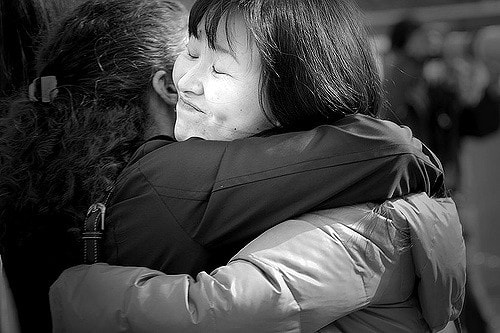 Hugging usually helps! Hugging usually helps! The psycology of abuse from Psychology-Today states: “Here's the thing. It all comes back to us, to our responsibility and accountability. But, in this case, it comes back to responsibility to ourselves and accountability to ourselves. Instead of just riding the wave, if we choose to mindfully examine the nature of our relationships and make a determination of what is acceptable and not acceptable to us, of what feeds us, rather than bleeds us, then we are living, and loving, authentically and with mindful awareness.” I hope you enjoy these tools and if you are noticing that you are falling into the trap of coercion or abuse come and see me for 1-1 guidance and get yourself out of the negative pattern, with love. Neil@positively-mindful.com "Truth resides in every human heart, I work with many varied clients, some who experience abuse. My personal and professional relationships have been varied and often involved low level coercion. This has all helped me grow in wisdom. Some of this growth has been painful. I have sometimes misunderstood the pain in relationships and become confused and stressed, reacting with blame and I've learned from those experiences, to communicate better and become more aware of what's happening in me.
I propose that our primary relationship and source of wisdom is actually within ourselves and we become most reactive at our own stress-induced thoughts. The base reactions are known as ‘Fight, Flight, Freeze’ and Appease. One tactic of these stress-reactive states is ‘coercion’ (from Latin coercere ‘restrain’, from co- ‘together’ + arcere ‘restrain’). A stressed mind that fails to meet a need through coercion may escalate to more violent forms of defence and control (like physical abuse) which is not discussed here. This article seeks to raise awareness, so that early stages of internal and external coercion can be resolved and transformed away from stress, blame and shame and into awareness, wisdom and intimacy.
4 Comments
If you have been to my classes or read some of my other blogs you’ll know that mindfulness is not just about attitude of the mind, but it is all informed by the attitude of the body, and especially the most fundamental aspects of physiology; like the breath. This blog is written to give you a breakdown of the techniques, but also the background philosophy - why would you bother to undertake a breathing practice? After all, it’s a natural bodily function that doesn’t require any conscious effort. I’ve notice that when people in my classes initially regulate the breath, interrupting the automatic function, they say it seems clunky or feels awkward - like we’d be better off leaving it alone. Yet, with mindful noticing they also sense changes in the body - calming and releasing of tension. I have found profound learning from playing with the breath - So here are my experiences and research. BREATHING FROM THE PAST Unconscious / automatic breathing is largely doing a good job for you (keeping you alive) and you can still potentially improve it, because it is inevitably conditioned by some experiences in your life that have formed mental associations. For example, you may notice your body / mind going into panic over a misspoken word with a colleague, which may unconsciously remind you of being rejected by an old friend - a painful memory buried in the subconscious. These memories are not conscious, so you only know something is out-of-sync with reality by noticing the physical reaction first. We tend to be unaware of the changes in our breathing that dramatically add to our emotional state. These daily occurrences of disproportionate reactions are fuelled by negative mental associations, and if we do not become aware of them and start working with then we add to them, gradually reinforcing the embodied reactions. STRESSFUL BREATH If you continue to act unaware of this, the body will eventually create pain or attain disease, which forces you to pay attention and change something. Continued ‘stressful breathing’ (like short sharp breaths, or shallow breaths) releases adrenaline and cortisol into the bloodstream unnecessarily, which stresses the body. Much like looking at your teeth and then brushing appropriately reduces the stress of tooth decay we can reduce stress by watching the breath, becoming more conscious of what situations or thoughts are associated with ‘stressful breathing’. This will tell you a lot about you mind and areas of ‘fear’ or avoidance. We can then alter the way we breathe.
TRAP If we remain unconscious of the breath patterns we often act on impulse. Here our reaction to rising emotional panic might be to ‘act out’ (including blaming something / someone else) or ‘retreat’ (which may include shutting down and therefore retreating inwardly). This is known as the fight or flight function of the instinctive and emotional brain (the amygdala). Indulging this can lead us into a T.R.A.P. of our own ignorance, where the following happens (and may have been happening for some time):
LEARN FROM EXCITEMENT, INCLUDING SPORTS We can learn and develop the ability to reprogram positive patterns in the mind and body. A good way to do this is to bring presence to any situation where breath changes due to excitement. As an example I’ll share where I first learned about conscious breathing - rock climbing! I learned this the hard way - trial and error in extreme situations. I would get to a dangerous moment on the rock, where, if overly focused on the dangers, I began to panic, then I’d be in serious trouble! (I had a couple of nasty falls). So I learned in these moments that the best initial response to the rising panic was to purposefully breath longer and smoother breaths. I would then direct my focus to my feet and hands, and my immediate surroundings, checking things were okay. Then I could more accurately assess the risks, from a place of relative calm objectivity, rather than emotional panic. At times I added more confidence boosting strategies like a mantra (a mind affirmation repeated over and over), or by verbalising ‘It’s ok, I’m ok” and telling myself what I was going to do next. I would literally talk myself through it! REPROGRAMMING Early warning signs that panic is rising can be found in the sensations of tension and the change of breath. By noticing breath when it becomes short & sharp or shallow, and respond with a little playfulness and presence we can program a reaction to any stress trigger. This is what I learned - to program in the following response to stress; I slow down for a moment and become B.O.L.D:
"The trick is to keep breathing" - Janice Galloway PERSEVERE WITH SOME OBJECTIVE PERSPECTIVE This can apply to normal life as much as it can extreme situations; imagine you are at work and you are trying to make headway with a difficult project, but you feel frustrated. Take a moment and notice your bodily sensations and your breath. Then, play with it; control your breath. This is essentially about changing something simple, partly to break the existing pattern. The simplest thing to change is focus and breath. However, changing your physical location and posture can also aid this transition to calm, so if it helps, get up from the desk and do this in a different place. This will give you better perspective to objectively assess and then refocus. At first it might seem to make things worse. This is for two main reasons:
TAKE IT EASY The trick is to bring in an element of playfulness and ease - don’t try too hard or you will simply add to the panic. Gradually the automatic response to the trigger of shallow / holding breath patterns becomes more healthy Shortly after you can create a habit of opening up or dropping negative thinking with mini moments of objectivity - meditation, for example. This calms the physiology of the body, lowers adrenaline and cortisol level and oxygenates the blood, ready for refocusing on calm action. This will also help the body and mind stay healthy and balanced. LOOKING AHEAD: IT’S NOT WHAT YOU DO, BUT HOW AND WHY YOU DO IT. The psychological aspect to breathing well can be as important and the physiological (depending on your background beliefs and attitude). You could create a nocebo effect as a result of cynicism - that is, you may counteract any positive effect the breathing may give you by giving too much weighting to your opposing concepts and beliefs, rather than being willing to try the experience. In this instance conscious breathing will probably result in wasted energy and perhaps even more negative thinking and emotion. So don’t do it if your mind is in resistance - don’t force it. PLACEBO OF BELIEF Conversely a placebo effect may give you some short-term benefits, but if you assign too much weighting to this one thing then you are in danger of becoming fixated on one tool as a ‘magic bullet’. Placebo is a powerful product of mind beliefs, yet without presence (noticing & objectively) of the mind and body you could become ignorant of the changing reality of your life situation and hide other useful truths from yourself. A good example is rock climbing again - if one becomes overly confident through the use of breath, visualisation and boldness, one may go too far and take on a challenge that exceeds ones ability, and then have a nasty accident. MY EXPERIENCE - FIND THE BALANCE For me an approach of openness, awareness and playfulness yields good results. I like to imagine the breath healing me (which it does, scientifically proven) and I imagine warm feelings as I breath - visualising the oxygen enlivening my cells. These are things that may not be real, but which are helpful. I may imagine light pouring in, or a mantra as I breath like “It’s ok, I’m ok.” I can then more clearly imagine what I want - visualising it, whilst being sensitive to my body (which will tell me if what I am imagining is unrealistic, by manifesting tension). This is an ‘intuitive’ way and for some people the ‘logical’ way makes more sense. A highly scientific and sceptical mind may require more quantitative research before integrating a new practice - which may (or may not) remove mental barriers to trying this willingly. This is neither good nor bad and I always encourage thinking for oneself and I try to present these blogs not as facts, but as experiences and opinions. “Remember to breathe. It is after all, the secret of life.” POTENTIAL BENEFITS It’s hard to disentangle this subtle level of placebo that the positive thinking adds, so I don’t worry too much and I enjoy the benefits, aware that my psychology is partly responsible, and occasionally questioning myself or being open to other perspectives. I have researched and found the potential benefits that regular practice of relaxed yet conscious, slow breathing can have:
All of these are potential, because there are a lot of factors at play, not least of which include diet, mental attitude, hydration levels, nuanced context of external stressors. For example, when at the office and noticing the breath during a break t may also be useful to notice if you are thirsty, hungry, sleepy or need the loo. These are important physiological needs that may also be affecting the breath and negative thinking. Nonetheless, as a simple and effective tool I have found breathwork to be invaluable. IS IT EMBARRASSING? It can be, depending on the environment you are in. It may be inappropriate to meditate at your desk and start breathing deeply. So take yourself elsewhere to do this. There is a theory by Dan Harris that the in the next decade meditation (which often involves breathing in stillness with your eyes closed, noticing the breath and the body) will be as accepted as jogging is (in comparison to how it was viewed 30 years ago - as a fad). So for now, find a place to do this where you feel safe. CAN TECHNOLOGY HELP? Yes - one of the great modern devices, the smartphone, now has access to thousands of free apps, that really help. I have done a quick review of the top 10 free iPhone apps: 5. Nirvana Fitness: breathing fitness to music. The idea is nice, breathing in different timings to music, which can work, but I found it a little clunky and has a lack of options on the free mode. 4. 3 Minute Mediation: A mix of breathing styles, but only 1 or 2 offered on the free model and the timer is, in my opinion, unattractive and difficult to follow. 3. Pranayama Free: An interesting concept with a 3d model of the body and lungs to show you exactly what should be going on inside as you breathe. I quite liked it, but again had very limited options. 2. Deep Breathing Exercises: This had a funny star shaped timer, which was ok, with nice back music and lots of options. It had more ads than other apps, which bugged me. 1. Breathe Deep: My favourite of the apps with lots of options and personalisation. Simple graphics and quick to load. I use this last app occasionally when I’m working, in my breaks, because it takes away some of the energy input required to do the breathing work and trains in accurate regulation. The downsides are that sometimes I’m not really paying attention to my body as I breathe and I think that presence is helpful to optimize the process and get the most benefit. 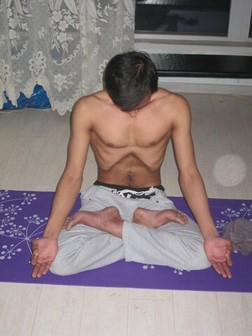 WHAT ARE THE COMMON BREATHING METHODS? Below I have outlined some popular techniques, all of which I’ve tried, some of which for more than a few months. Feel free to skim them at first to see the breadth of possibility. Some of these have been pioneered by the practice of yoga Prāṇāyāma is a Sanskrit word alternatively translated as "extension of the prāṇa (breath or life force)" or "breath control." The word is composed from two Sanskrit words: prana meaning life force (noted particularly as the breath), and either yama (to restrain or control the prana, implying a set of breathing techniques where the breath is intentionally altered in order to produce specific results). This is well used and researched and utilises the concept of Chakras (energy point or nodes in the body, of which there are though to be seven major chakras, which are arranged vertically along the axial channel, from the base of the pelvis to the top of the head). These are not conclusively proven in science. There are several techniques but these are the most common: Ujjayi breathing "the ocean breath". Unlike some other forms of pranayama, the ujjayi breath is typically done in association with asana practice (varied postures designed to stretch and exercise the whole body). Ujjayi is a diaphragmatic breath, which first fills the lower belly (activating the first and second chakras), rises to the lower rib cage (the third and fourth chakras), and finally moves into the upper chest and throat. The technique is very similar to the three-part Tu-Na breathing found in Taoist Qigong practice:
Kapal Bhati Pranayama or Skull Shining Breathing Technique is about calming and bringing your focus into the present moment. It goes like this:
Alternate Nostril Breathing Technique (Nadi Shodhan Pranayama) which is supposed to bring balance through alternating sides and it works as follows:
SOME WESTERN STYLES I'VE TRIED Whilst yoga uses the belief structures or concepts of Chakras other techniques have been pioneered in the west using scientific research. Remember we are unique and what works for one person may not be universal. Self- experimentation is key, in my opinion. Wim Hoff method. The Dutch man Wim Hof is a charismatic teacher of mind-body techniques and a record breaker for endurance, commonly nicknamed "The Iceman" for his ability to withstand extreme cold, which he attributes to exposure to cold, meditation and breathing techniques (similar to the Tibetan technique Tummo). He worked closely with scientists around the world to prove that his techniques work. A 2014 study published in the Proceedings of the National Academy of Sciences (USA) claims that by consciously hyperventilating, Wim can increase his heart rate, adrenaline levels and blood alkalinity. The report concludes “These results could have important implications for the treatment of conditions associated with excessive or persistent inflammation, such as autoimmune diseases.” The breathing element is as follows:
Box/Square Breathing (or other timings): origin unknown, but used by well researched practitioners like Dave Asprey
Buteyko Breathing is something quite different, that I experimented with this year. It was developed in the 80’s in Russia by Dr Konstantin Buteyko, as a cure for asthma, based on the premise that one of the causes of asthma is over-breathing (hyperventilation), particularly through the mouth, which, according to the theory, causes too much O2 and then inflamed airways as the body’s defence. So therefore the system involves shallow breathing through the nose in order to promote increased clean air intake and increased carbon dioxide in the lungs, and therefore improving the balance of O2 in the blood. This process can be quite stressful and it is not recommended to try this alone and without expert help, for fear of passing out. The independent did an interesting article on it, which shows successful cases, but also discusses the the reason it isn’t popular is partly due to some scientists dispute the physiological claims that the Buteyko practitioners teach. www.buteyko.co.uk/
Anger is like a storm rising up from the bottom of your consciousness. When you feel it coming, turn your focus to your breath. - Thich Nhat Hanh CONCLUSIONS Whatever you decide to do, take it easy. I would suggest giving a few slow, deep breaths a go next time you notice you are stressed or stuck. Changing one thing can alleviate stress just long enough for your mind to think clearly again. My practice has evolved by trying all of these and now do a mixture of the Wim Hoff breath to energise me, the box breathing to calm me into focus and just simple deep, conscious breaths whenever I notice I’m stagnant or tense. Being B.O.L.D (Breathing, Objectivity, Looking up ahead, Doing it) has reprogrammed my mind to more easily come back to the present moment and then into a clearer focus. Give it a go, with care, playfulness and presence. An inspiration - a long, deep breath of the pure air of thought - could alone give health to the heart. - Richard Jefferies 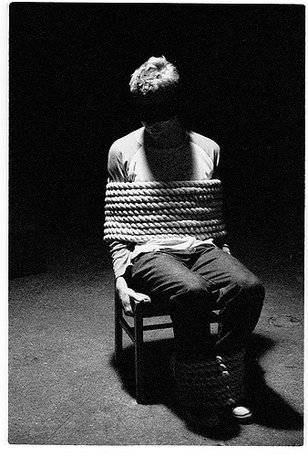 If you are tied up, take your time to examine your bindings If you are tied up, take your time to examine your bindings ATTACHMENTS - THE HIDDEN TIES The Buddha said “The root of suffering is attachment.” What did he mean by this and how can it help us to understand how we can live differently? This blog is all about how to live life with a better relationship to suffering. Like I’ve said in many other blogs you can’t avoid suffering it’s part of love, but you can 'enjoy' the process, rather than just suffer it. This elaborates on my blog about owning your shit. So, first of all, by attachment I think the Buddha was referring to ‘need’, ‘craving’ and ‘identification with a fixed idea’. The best expression I know for this is 'Limiting-Self-Beliefs'. For example, the elephant in the picture believes it cannot break the chain, because it was chained from birth. After trying so many times it gave up, even though as an adult it probably could break them it believes the story of 'I can't move further than my TIES allow'. My theory of this is devised to help me remember how us humans generally become attached to:
SO, TAKE A SEAT When we view them in this order they form TIES, which I find is a useful reminder that they bind me to a rigid and painful way of being - a complex web of TIES requires gradual and persistent loosening and here is my main method - it’s called taking a SEAT (flipping the priority of our awareness). This is a simple process of meditation, where we allow ourselves to slow down and connect with the senses first and see:
When we look at it, sit with it, in non reaction, we naturally reduce the fuel that is energising the story. We also reduce the adrenaline and cortisol in the bloodstream, released as a mind-body connection that is created by psychological stress. So let’s take a deeper look at the TIES so that we can understand and recognise them. Only then can we begin to loosen them. TIES TO THOUGHTS Firstly we often identify with our thoughts, as roles and stories, naturally. As the author of Sapiens, Yuval Noah Harari, describes: “Our massive brains have a vivid imagination. Human beings are the only animals that can see and feel complex things that don’t exist - like the idea of a heaven, or the collective idea and agreement of money. This ability has helped human beings thrive, by working together in millions, unified by common stories of accepted truth. Humans live double lives - one in the reality of natural law (like the animals) and one in the stories we tell ourselves - our collective social laws, etiquette and conditioned behaviour. Stories give us a sense of purpose and drama, which can seem more important than reality, which seems mundane and unimportant, in comparison. The more we get involved in the stories and rigidly ‘believe’ the more we fight against others or the reality that challenge them. These ’beliefs’ lead us to wars and sacrifice of our own lives and create immense suffering.” But of course Shakespeare said it best: “There is nothing either good or bad but thinking makes it so”.  Tied to your worker role? Tied to your worker role? THOUGHTS AS ROLES So perhaps you see yourself a certain way - you have undertaken a role that is so important to you that the values of that role become the driving force in your life. That’s what we ALL do. Examples could be that you see yourself as:
The list goes on - there is no problem in having these roles with some awareness, but most of the time we don’t even notice because we are reacting impulsively to thoughts - these are the invisible TIES. We cannot be enlightened (free, easy-going, open) if we are bound to our roles tightly. Notice if you present your ‘image’ a certain way. If someone challenges you by saying “you are not a very nice person”) do you launch you into defense mode? If we didn’t hold onto these strong beliefs then we wouldn’t react to the challenges so much - they wouldn’t really touch us. And then we can respond as we wish, in an enlightened way. This might be defensive, but it would have a light touch and energy, because it is not needy. EGO - WHO YOU THINK YOU ARE Ego is part of nature - it helps us navigate social structures. Too much ego identification prevents us from remembering our true nature and from remembering that we are lucky to simply be alive, to have the gift of life. We might feel burdened by our roles so much, trapped by the compulsive thoughts and beliefs that we feel disconnected from our truth and from other beings. So this is what happens when we become identified with thought. LOOSEN THE TIES TO THOUGHTS; TAKE A SEAT So an invitation - sit down, take a few longer breaths, feeling into the body and watching the busy mind, then ask yourself these questions:
TIES TO IMPULSES  As soon as I see curly fries I detect cravings As soon as I see curly fries I detect cravings We often live on autopilot and sometimes we become reactive - you’ve been there, right? Itching every itch, nervously, feeling agitated and needing release? Or, on a more subtle level, you may notice a background tension of craving - wanting experiences, like needing to eat, or needing a cigarette or even needing to orgasm. You sense that without it you’ll become grumpy or frustrated - the emotional reaction tells us it is more than just a desire (want), it is a craving (a sense of need). I think of this as a ‘want----need’ spectrum. CRAVINGS Craving creates tension in the body, a sense of disempowerment and, if indulged regularly, it will create an identification with a small, separate sense of self that always needs something more. Chemically we can attribute this to the dopamine cycle - which means that hormones in the brain feed the pleasure sensors (release of tension) and then raise our threshold for more tension, meaning that if we want the same dopamine feeling again we have to take it to the next level. This could be based on work, shopping, computer games, sex, sport - anything! Building this pattern we become impulsive sensation-seekers - fixated on getting gratification, or to the next level but missing the scenery of the moment, the beauty of the process. We are focused on the fear of missing out (something I am very familiar with). This means we temporarily lose the ability to enjoy anything we do. AVERSION This needy pattern TIES us to the momentum of our greed or ambition and we will get dragged along until we are damaged enough to let go. The delaying of gratification (through getting on with our work, for instance) seems irritating and unpleasant. So we want to develop patience again. My method? Taking a SEAT, breathing well and witnessing it all play out. By doing this we challenge the mind’s assumption that you ‘need’ the experience and that not having it will be ‘unpleasant’. This way we slowly develop trust that we are ok without it and we can trust ourselves to handle difficult experiences. You can also use an exposure tool to experience reality - like cold-shower therapy, for example. LOOSEN THE TIES TO IMPULSES; TAKE A SEAT So an invitation - Imagine yourself in the midst of this wanting self..... exaggerate it... what's your body like? Feel it? Restless tension? Heart and emotions? Nervous and fearful of angry? Then ask yourself these questions:
Then.., come back to the body - take a SEAT and meditate. This process of meditation and self-enquiry will naturally loosen the TIES. Trust that the insights will come. TIES TO EMOTIONS  When we are in our reactive self, tied to thoughts and impulses it is inevitable that emotions will overwhelm us. Think of it like being in the sea, tied to a heavy weight. It’s hard to swim and so when the energy of the sea picks up and we get waves we will be battered around - overwhelmed and engulfed. By now you are getting the method I use - I take a SEAT and reflect where my emotions have become overwhelming - where am I reactive? Ask yourself:
In these areas we are not facing the truth - it seems too big of a ‘problem’. That is until we loosen the TIES - and again the way to do this is by taking a SEAT - stop struggling and watch the waves of emotion, connecting to the very thing you are avoiding connecting to: SENSATIONS Sensations can be intense. We then label them as pain or problematic, but look closer and you’ll see that all sensations are simply different intensity of movements, or vibrations. When you relax the labels and start to just breathe with them, experience them and accept them then you change your relationship with them, gradually and naturally. The old story loosens - they are no longer ‘awful’ or ‘frustrating’ or ‘unbearable’ but they might become ‘interesting’, ‘fascinating’ or ‘wonderful’ and then sometimes… just ‘sensation’. No label required - they just are. This is what we are cultivating in mindfulness; objective seeing. In order to get into this temporary perspective we must first open up to the sensations, without reaction, or even with a gentle and passive welcoming - we then reverse engineer the whole thing and start to accept the whole lot from the root of sensations. This frees us from the TIES and we start to take a SEAT and ride out the waves of emotions, with consciously chosen actions and focused thoughts - positive thoughts - that create what we want. We can be in it and choose how much we get involved in emotions, impulses and thoughts. ASK QUESTIONS, DO NOT CRAVE ANSWERS When we take a SEAT we realise how much the mind compulsively judges, reacts and anylises and we are invited to let it be, not resist, but also not add fuel. We allow it to play out and in doing this we use the breath and we use an attitude of calm, loving kindness. We can pose some questions as we do this:
Don't rush to answers, ask these question internally and stay with the curiosity for a few minutes. In this way we feel the depths of our SEA (Sensations, Emotions and Actions) without engaging too much with thoughts. This is you - the feeling, experiencing you, that is deeper than all the analysis and opinions and stories. Those things are simply the tip of the iceberg - the consciousness. There is a beautiful poem hints a bit deeper at the truth at which I write about here. Ultimately it must be experienced and poetry allows a taste of experience by stimulating emotion. The One Deep Inside Your Chest I’ve been asked by a few people what happens in a mindfulness session. Most people now understand what meditation is - they’ve seen enough meditating buddhists to know that roughly it is a sitting practice of paying attention to one's inner world - the world of breath and sensations in the body. Until experienced however watching and talking about meditation can only take you so far. Like any skill it must be experienced and practiced to yield results.
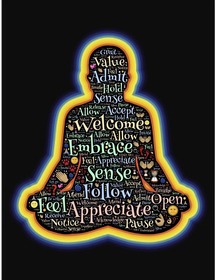 To facilitate this I tend to start with a 15 minute sitting meditation, in the classic Vipassana (insight) style. This is sitting in a posture that represents ‘self-respect’ (most people opt for sitting upright, but for some the body requires lying down or leaning) and closing the eyes to invite in stillness of body and mind. In that time we listen to the language of the body - Sensations, Emotions and Actions (the SEA). I guide as we explore breath, sound, feelings and keep noticing when the wandering mind goes off into thoughts. These moments are a critical part of the practice. To notice where the mind goes, to observe and allow, and then to choose to let go and turn the attention back to the body, again and again. Gradually this becomes easier. We talk and share after meditation and this usually brings up a discussion of how we can use mindfulness in our everyday lives. I have a host of tools that I sometimes share or we simply listen to one another, continuing to practice mindful listening. The final 15 minutes is also dedicated to meditation - but this time I go with the energy of the group. Sometimes we will sit, other times a walk or standing meditation, or to music, or some other movement. We have even brought in food or smells. Sometimes we use the imagination more to practice a compassion or gratitude meditation. These sessions are designed for new or experienced meditators. They help establish a regular practice and explore concerns. The Tuesday class (4pm) I created is donation-based, making it very accessible and the Wednesday evening (7:45pm) has some slightly longer meditations and is priced normally. I hope you manage to make it along soon and experience mindfulness first hand at Breathe Bristol Yoga Centre - located on 20 Upper Maudlin St, BS2 8DJ (book via MoveGB too) or check out my other courses. 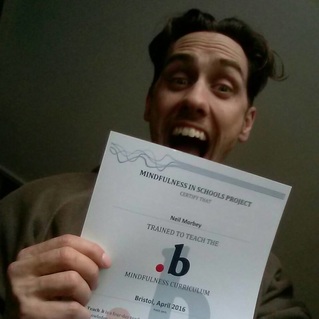 Certified! Certified! I've always wanted to work with children, for the simple reason that the lessons I have learned from Mindfulness were the kinds of things I could have really used when I was between 9-18 years old:
Why? Think about it - school is tough. These days social skills are on the decrease, thanks to social media and computers and stress is on the increase, thanks to exams from as early as 10 years old. We are piling on the pressure for young people in class sizes 20% bigger and playtime 20% shorter than 10 years ago. The curriculum is slow to catch up with the modern world and is seriously lacking in areas around well-being, emotional and mental health and sex /relationship education. How? Mindfulness offers help in three ways: 1. Awareness of choice of thought - reducing worry, stress and anxiety. Mindfulness teaches us that thoughts are not 'truth', but that they are mental reactions, generally based in fear-responses - and linked to stimulus from the body and from memories. We can interrupt troubling thoughts using mindfulness techniques of breath and body awareness and allow us to regain some control over where we put our attention and then how we 'choose' to respond to situations. 2. Awareness of body and emotion - helping people to act responsibly and calmly. The more we become aware of the body, its sensations and emotions, the more we learn to accept it and listen to it. Our bodies are made of trillions of highly evolved cells, each trying to support growth - giving constant feedback via sensations. Mindfulness teaches us to listen, interpret and respond to these sensations with more wisdom, through sheer practice. 3. Practices and tools to cultivate gratitude, focus and reliance - increasing well-being and happiness. In the lessons I teach I give tools and practices not only to help with awareness and focus, but also to cultivate one of the most enriching and resilience building states possible; 'gratitude'. When we learn to befriend and appreciate ourselves and the world around us anything is possible and we shift away from negative thinking. This is highly rooted in neuroscience as well as contemplative ancient arts and historically in the contemplative religions of the east and west. However I teach secular mindfulness - focused only on individual exploration of the self - mind and body, not the spiritual, philosophical or moralistic elements of ancient meditation. The lessons I teach take simple principles and make them fun and accessible, with easy to use practices. The idea is that they plant a seed that can take root and give young people resilience and resources in times of stress. Certified in teaching mindfulness I recently became an accredited teacher of Mindfulness in Schools (run by the Mindfulness in Schools Project), on a course called .b (dot-be) which have empowered me with 10 highly researched lessons to teach to children aged 11-18. I have already been teaching younger age groups at Compass School in Bristol and I have taught outdoor education to young people aged 14-18 The course I recently completed is detailed here. Or click on the link below. I'm offering reduced price taster sessions, for a limited time only. Please get in touch. |
AuthorsNeil Morbey is a meditation teacher, group facilitator and inspiration guide for Positively-Mindful.com Blog Index
Archives
April 2024
|
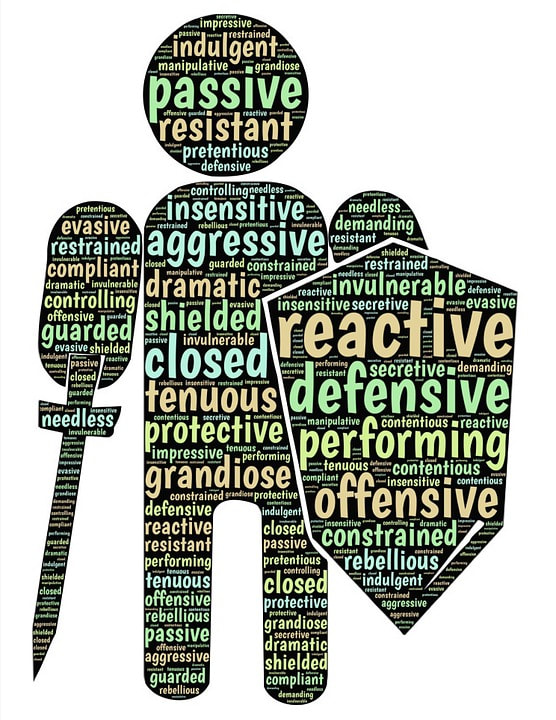

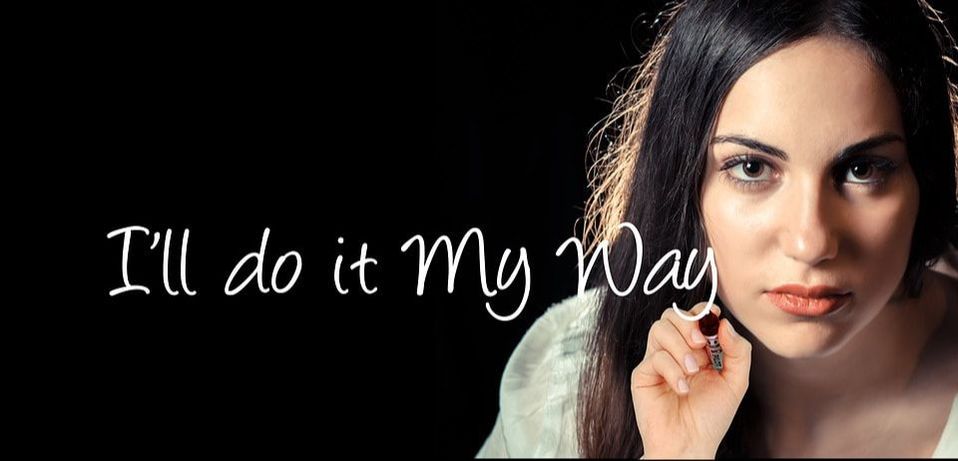

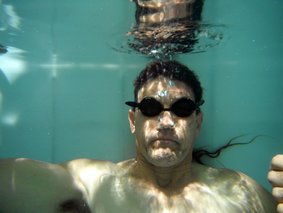
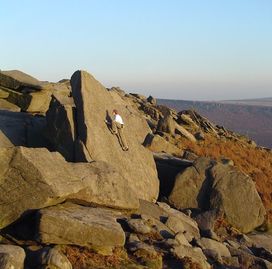
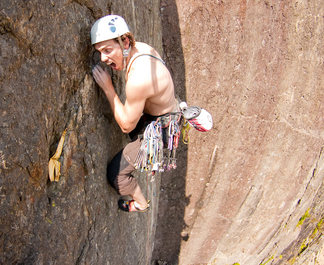
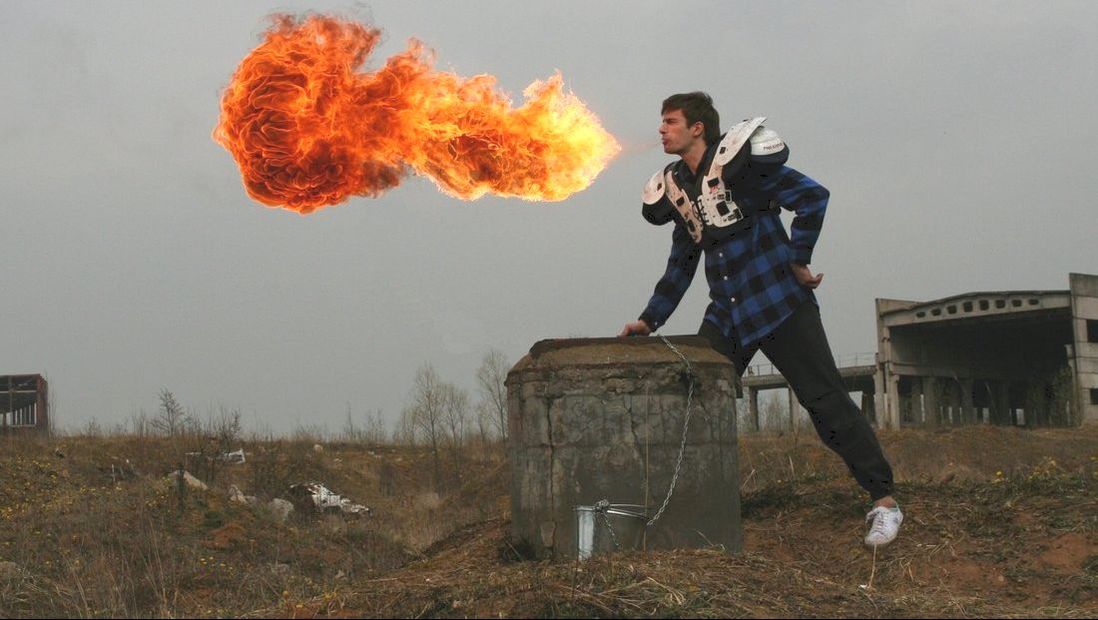
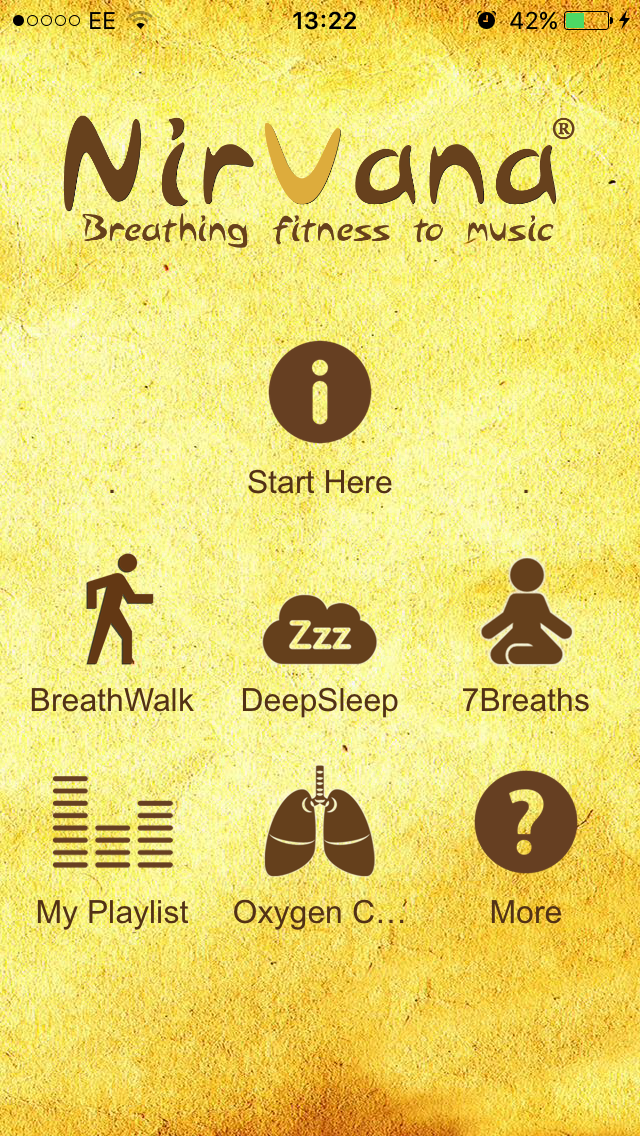
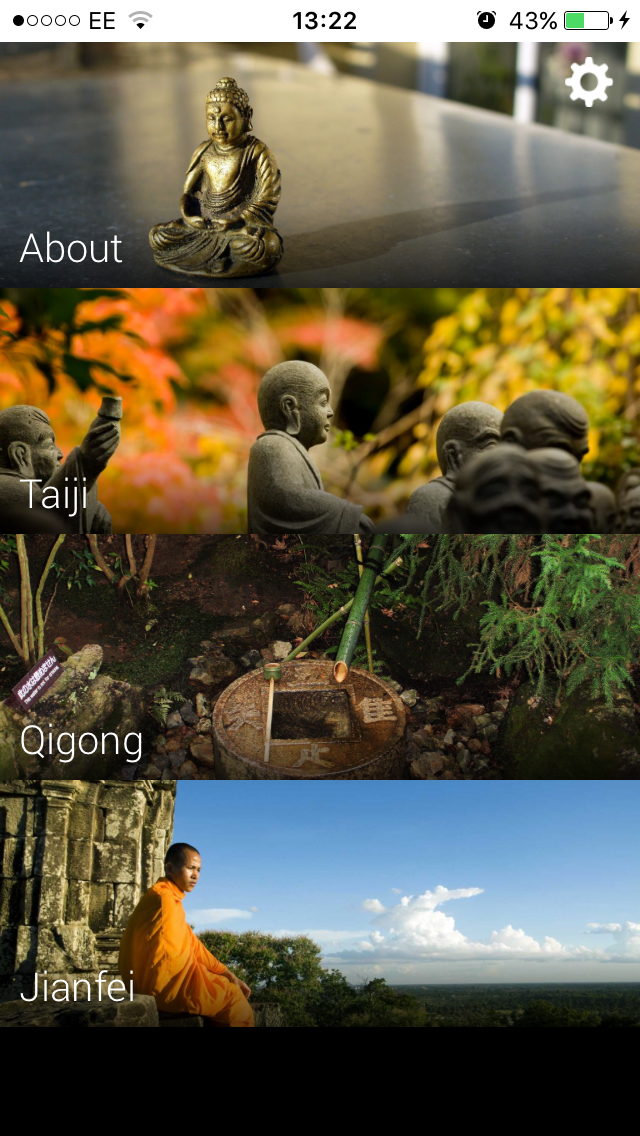
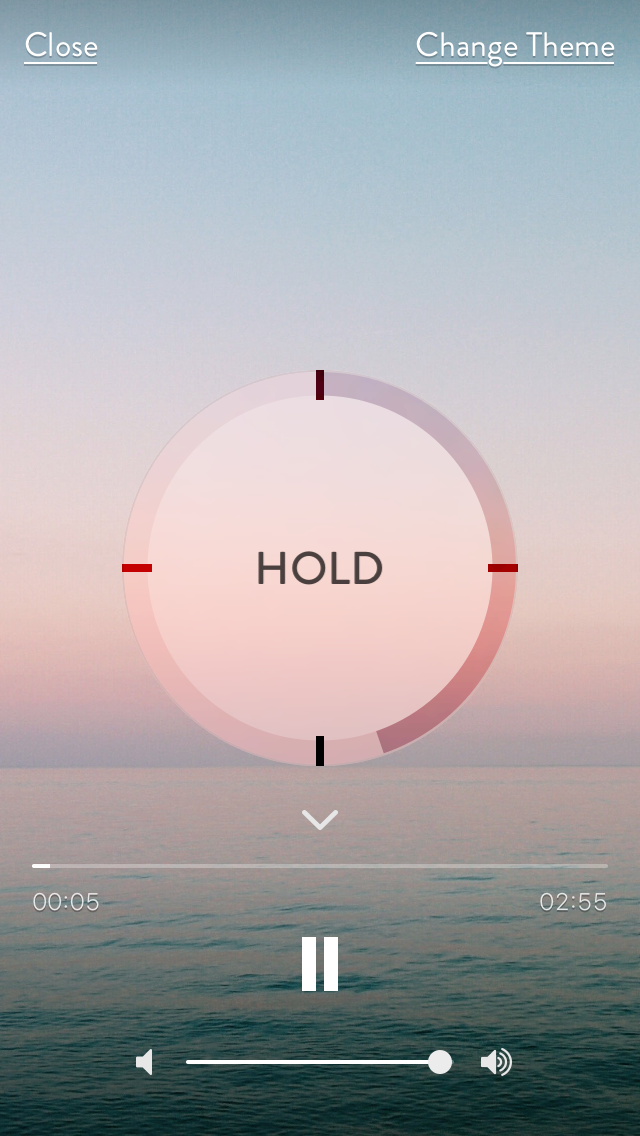

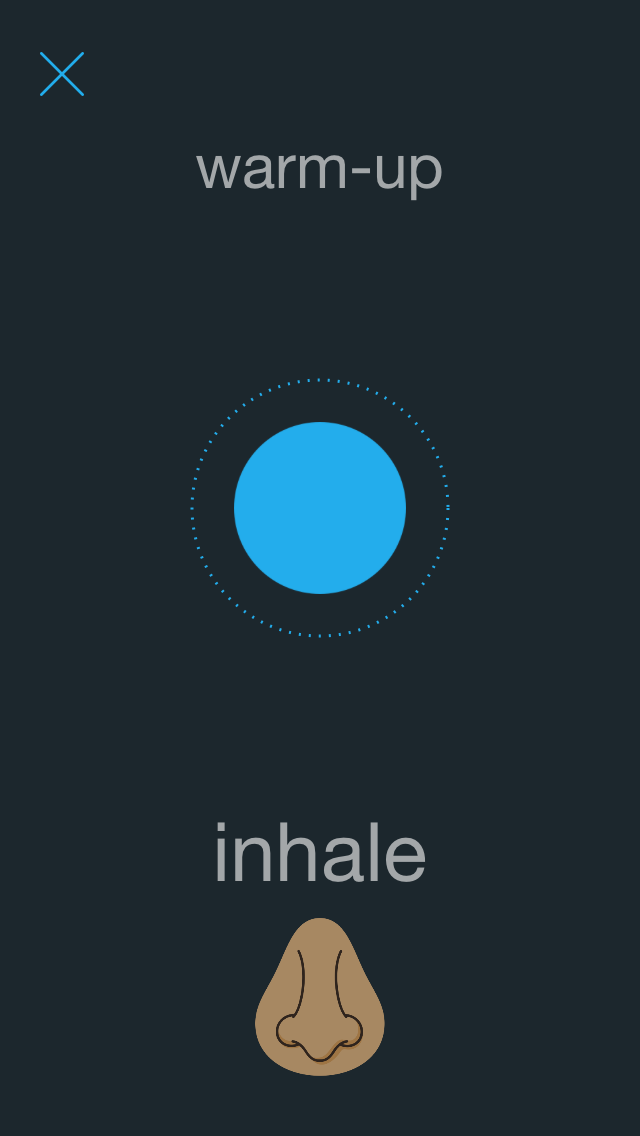

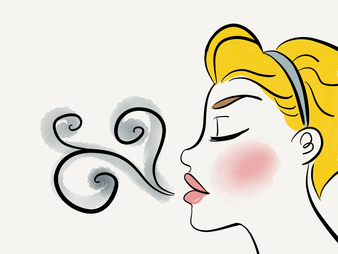
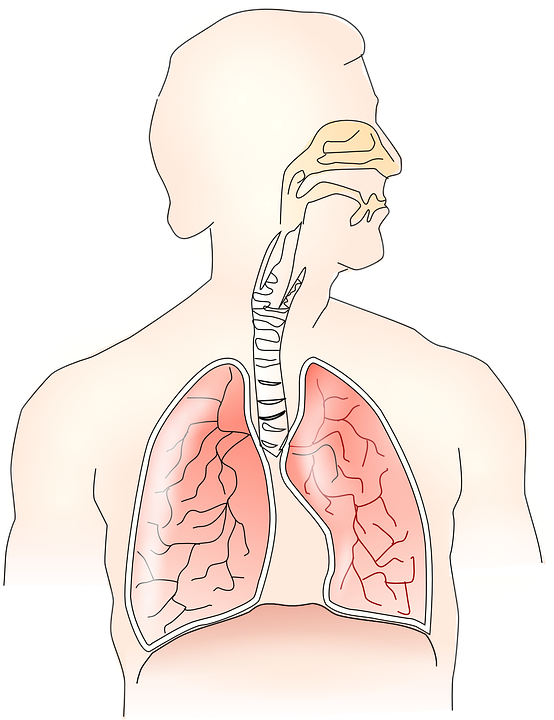

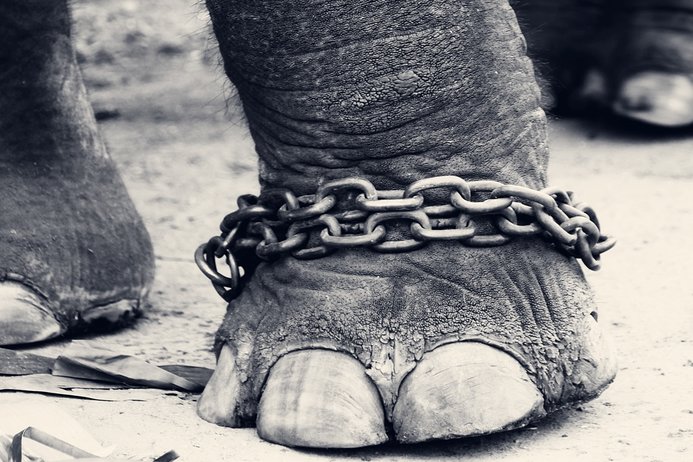
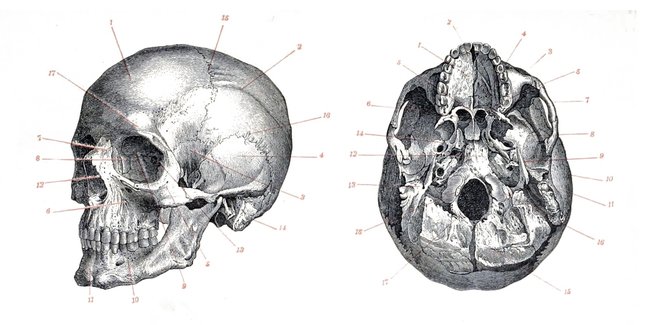
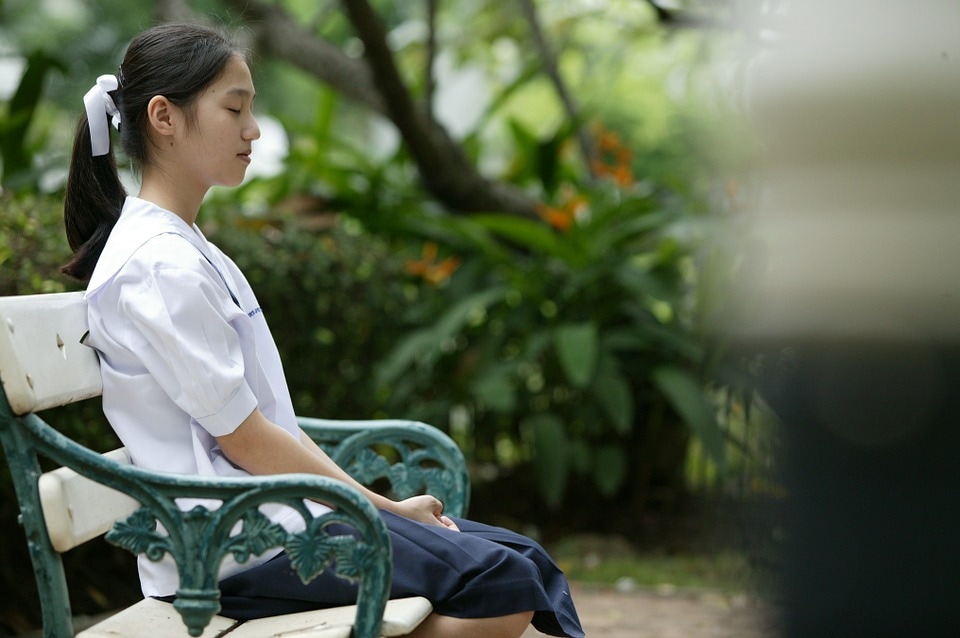
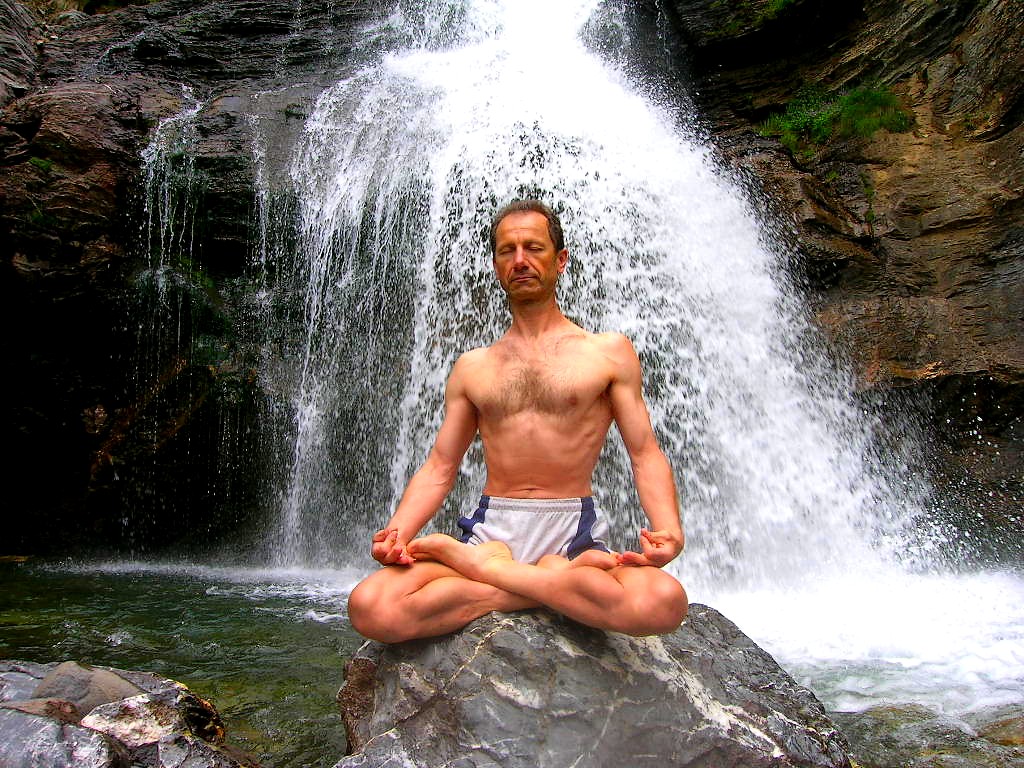
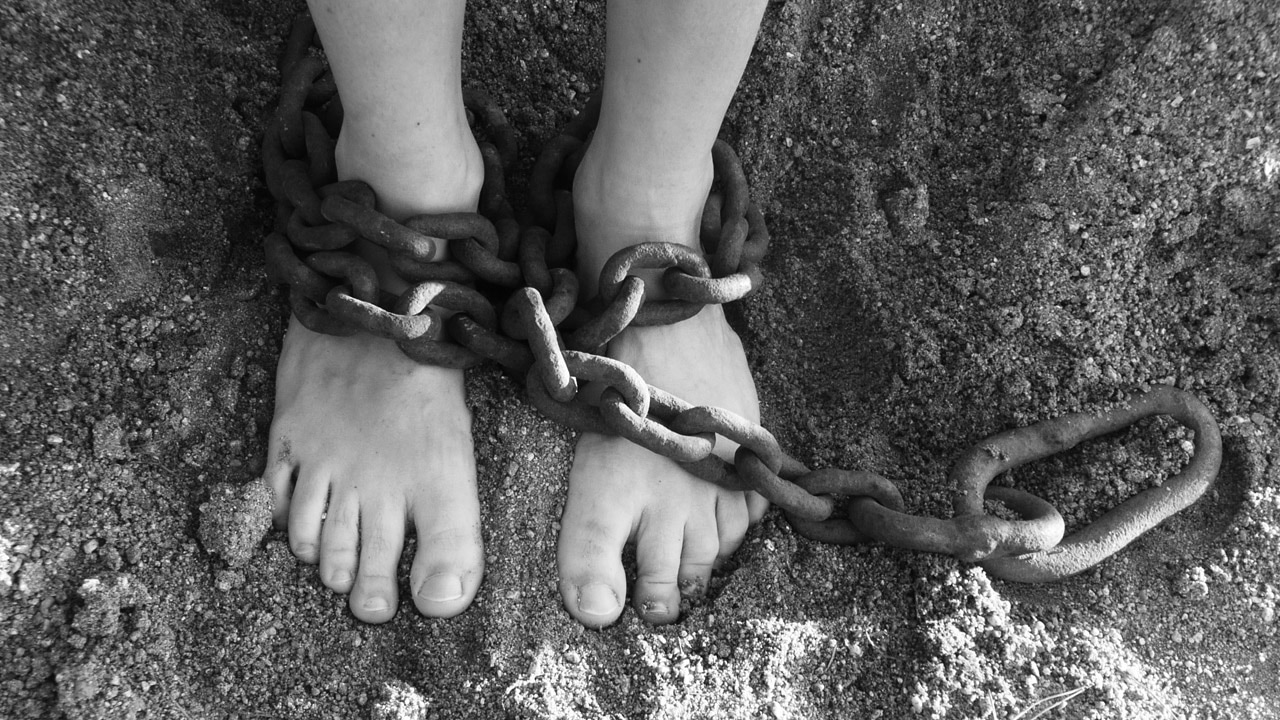
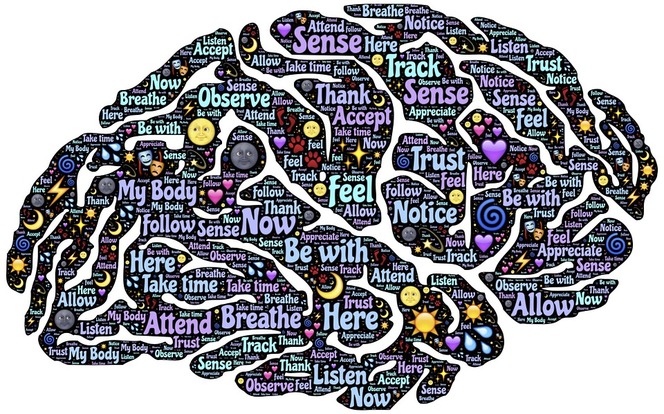
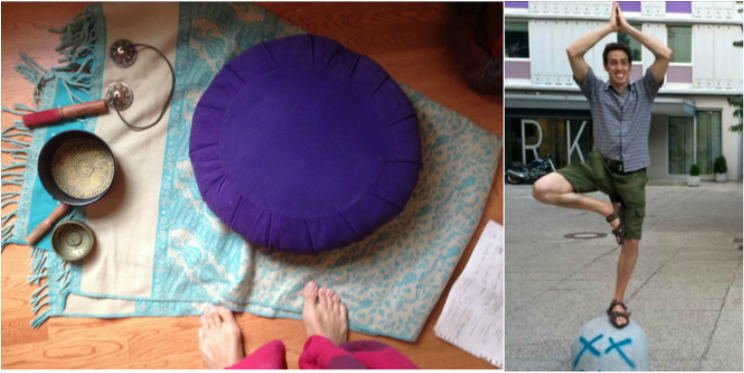
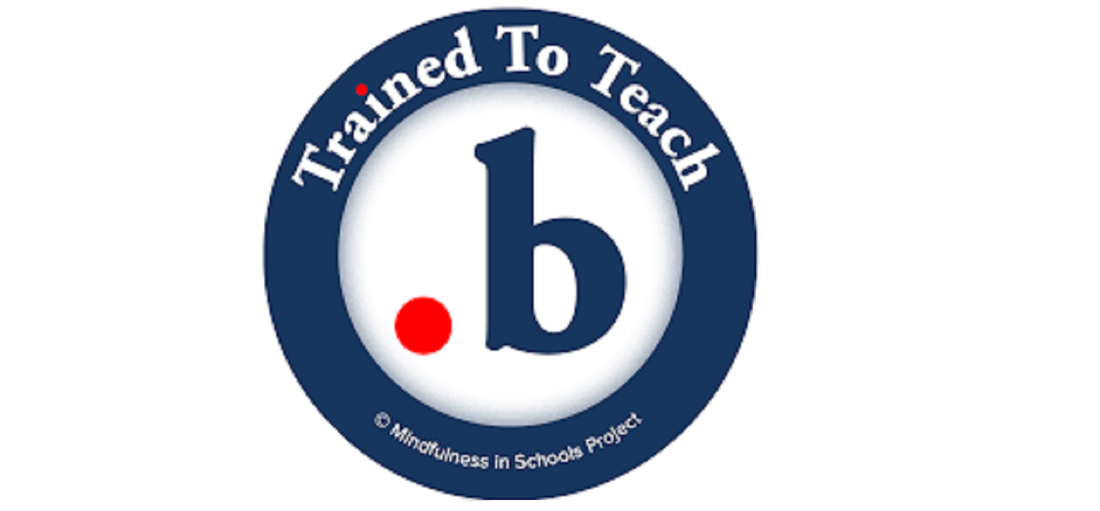
 RSS Feed
RSS Feed